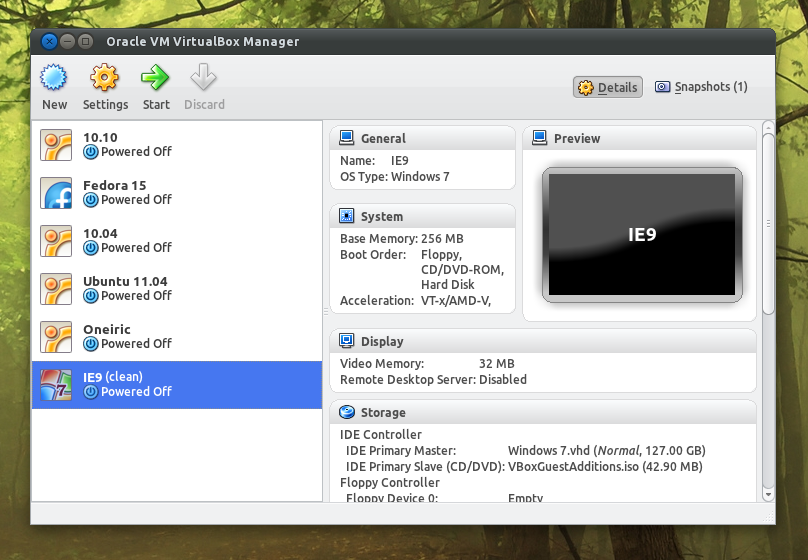

(SGI), and four other former students and staff of the University of Illinois, started Mosaic Communications Corporation. Clark, one of the founders of Silicon Graphics, Inc. Marc Andreessen, the leader of the team that developed Mosaic, left NCSA and, with James H. From 1994 to 1997, the National Science Foundation supported the further development of Mosaic. NCSA Mosaic for Unix (X Window System) version 2.0 was released on Novem and was notable for adding support for forms, thus enabling the creation of the first dynamic web pages. A port of Mosaic to the Amiga was available by October 1993.
Internet explorer for mac browsers windows#
Ports to Microsoft Windows and Macintosh were released in September. Version 1.0 was released on April 21, 1993. Marc Andreessen announced the project's first release, the "alpha/beta version 0.5," on January 23, 1993. In December 1991, the Gore Bill was passed, which provided funding for new projects at the NCSA, where after trying ViolaAndreessen and Bina began developing Mosaic in December 1992 for Unix's X Window System, calling it xmosaic. History Mosaic 1.0 running under System 7.1, displaying the Mosaic Communications Corporation (later Netscape) website. Microsoft licensed one of the derivative commercial products, Spyglass Mosaic, to create Internet Explorer in 1995. įrom late 1994, Mosaic lost market share to Netscape Navigator and only had a tiny fraction of users left by 1997, when the project was discontinued. NCSA released it in 1993, and officially discontinued development and support on January 7, 1997.

Mosaic was developed at the National Center for Supercomputing Applications (NCSA) at the University of Illinois at Urbana–Champaign beginning in late 1992. It is often described as the first graphical web browser, though it was preceded by WorldWideWeb, the lesser-known Erwise, and ViolaWWW. Mosaic is the first browser to display images inline with text instead of in a separate window. Its intuitive interface, reliability, personal computer support, and simple installation all contributed to its popularity within the web. It was named for its support of multiple Internet protocols, such as Hypertext Transfer Protocol, File Transfer Protocol, Network News Transfer Protocol, and Gopher. It was instrumental in popularizing the World Wide Web and the general Internet by integrating multimedia such as text and graphics. NCSA Mosaic is a discontinued web browser, and one of the first to be widely available.


 0 kommentar(er)
0 kommentar(er)
